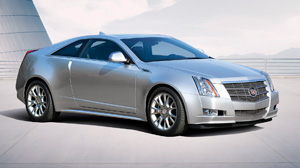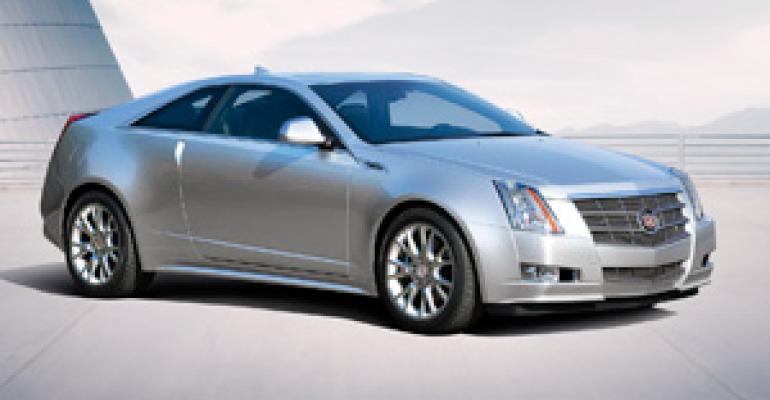
The Detroit Three auto makers, beginning to book dividends after years of investing in quality and productivity, slip behind their Japanese rivals once again, according to an annual customer-satisfaction study by the University of Michigan.
The American Customer Satisfaction Index for the U.S. automotive sector in 2010 shows the Toyota and Lexus brands reclaiming the top spots, after a spate of recalls caused their reputations to slide.

Overall satisfaction with new vehicles rises 1.2% to 83 in the ACSI’s 100-point scale.
General Motors’ Cadillac brand matches Toyota and Lexus in the survey with a score of 87, but the Japanese nameplates make bigger improvements. Ford’s Lincoln brand and GM’s Buick marque took the top spots in 2009 but see the perception of their brands dip in the latest poll.
“Detroit is falling behind again,” the study’s author, Claes Fornell, a professor of business administration at U of M. who created the ACSI in 1994, says in commentary supporting the study’s release today.
Mercedes-Benz also scores among the leaders in the survey, which polls 70,000 Americans annually and links higher customer satisfaction to higher earnings and stock returns.
Fornell says the Japanese auto makers’ new vigor, which includes customer-satisfaction improvements by Honda, is tinged with irony because they are buying more customers.
“It used to be the case that domestic nameplates needed incentive programs because of their weaker customer satisfaction, while Japanese companies used price discounts much more sparingly,” he says.
“Now, it is the Japanese who are relying on incentives, but they also are improving in customer satisfaction.”
Expect Chrysler, Ford and GM to start matching spending by their rivals, which puts pressure on margins and could impede Detroit’s comeback, Fornell says.
The Detroit Three commanded 46.9% of the U.S. light-vehicle market through the first seven months of 2011, up from 45% year-ago, Ward’s data shows. In 2009, Chrysler, Ford and GM held 44.1% of the market.
Toyota, Honda and Nissan controlled 30.2% of U.S. LV sales through July, down from 33.8% in 2010 and 35.5% in 2009.
The traction at the Detroit Three comes after years of making quality and productivity improvements. Today, the auto makers are pushing dealers to invest in their facilities and make the buying experience more pleasurable.
For GM, a new customer focus has paid off in the traditionally weak markets for the Detroit Three, such as the West Coast. In July, GM’s volume Chevrolet brand saw sales rise 25% in the region.
“We are getting momentum there primarily because of our product offerings,” GM North America President Mark Reuss tells Ward’s at a recent industry conference.
"We’ve also really started to turn our facility enhancements on in California and really go at that hard. First we want to drive it with our product, and then we want to follow that up with every one of our stores out there, and really go hard at a new customer experience.”
The Dodge, Jeep and Chrysler brands occupy the bottom of the latest ASCI list, accompanied by Mazda.
Fornell expects the competitive landscape in the U.S. to ratchet up in coming months as Japanese auto makers, with productivity constrained by the March 11 earthquake and tsunami in their home country, fight to regain share here.
“Japanese auto makers are determined to recapture recent losses in market share,” he says. “For Detroit, the complacency suggested by falling customer satisfaction is ominous.”



